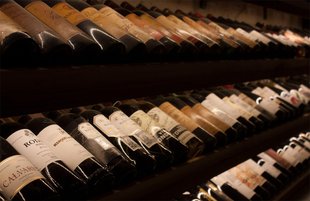5 Best Commodities To Hedge Against Inflation In 2025
An unexpected rise in inflation can erode your portfolios' purchasing power, reducing the value of your investments.
However, there’s good news for investors who’re evaluating commodities as an inflation hedge.
The 2021 Vanguard research shows that a 1% rise in unexpected inflation would produce a 7% to 9% rise in commodity prices.
Let’s go deeper into commodities inflation hedge - the different types and five commodities to invest in 2024. Discover the different ways you can invest in them, the risks, and tips to combat them.
We’ll also compare commodities to other investment asset classes like bonds and equities.
Further reading
- Discover 10 Inflation Proof Investments you need to add to your portfolio in 2024.
- Also, become a master at Investing in Fine Wine with this comprehensive guide.
A Quick Intro To Commodities
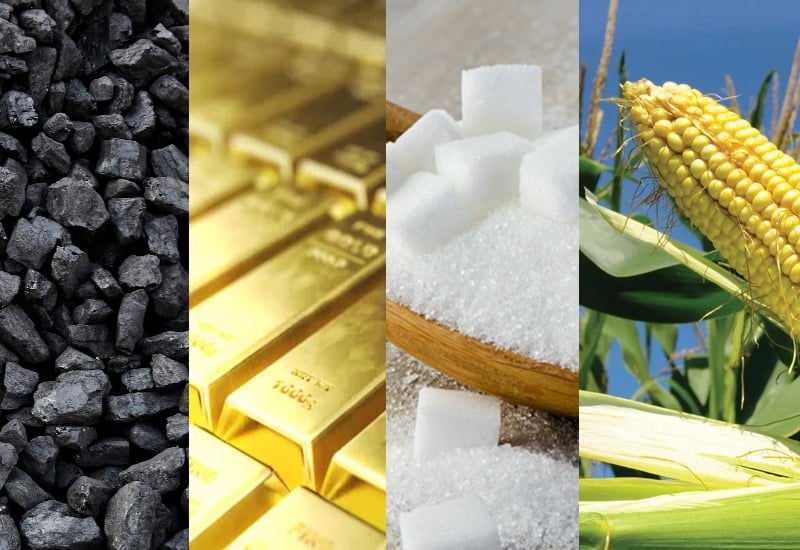
Commodities are a broad range of agricultural goods and raw material that can be publicly traded.
They are tangible assets like metals, fine wine, petroleum, and financial instruments like foreign currencies and stocks that can be traded on a commodity exchange.
Broadly, investors break down commodities into two categories:
- Hard Commodities: Hard commodities are commodities sourced by mining or drilling like metals (including gold and aluminum) and energy resources (like crude oil, natural gas, and unleaded gasoline.)
- Soft Commodities: Soft commodities like like corn, wheat, and soybean are products obtained through agricultural practices.
But do these basic goods make a good hedge against inflation?
Why Do Commodities Offer A Hedge Against Inflation?

In 2021, commodity exchange-traded products (excluding the precious metal asset class) grew by 36.5%, while the Consumer Price Index (inflation) rose to 7%.
Here are a few reasons why these alternative investments counter inflation.
- As the demand for various products increases, the need for the commodities used to produce them also increases, resulting in a rise in commodity prices.
- Commodities have a low correlation to traditional asset classes like mutual fund and stocks. This means if the prices of stocks reduce, the prices of commodities rise.
- Commodities are also heavily affected by supply-and-demand dynamics. For example, if there's a big harvest of a specific crop, its price usually goes down. Contrarily, drought or flood can make prices rise from fears that future supplies will be affected.
- Compared to other assets like TIPS (Treasury Inflation Protected Securities) which are used to combat inflation risk, commodities offer higher returns.
The drawback of investing in Treasury Inflation Protected Securities is that their inflation protection won’t go beyond the funded position.
To compare this with commodities - the increase in energy prices in the past two years has been the largest since the 1973 oil crisis. And, it is expected to rise over 50% in 2024.
So, which commodities should you look for?
5 Commodities to Invest in 2024
Here are five top-performing alternative investments that you can add to your portfolio.
1. Fine Wine
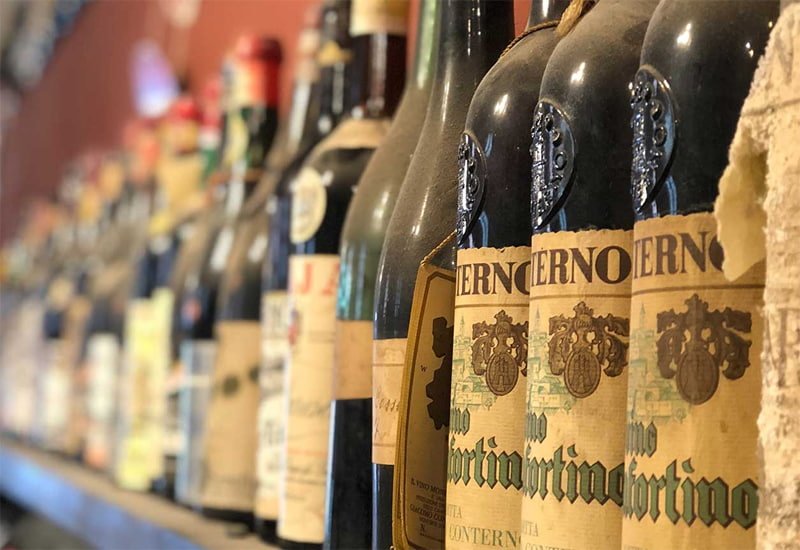
Fine wine is a proven hedge against inflation, consistently outperforming the Consumer Price Index. As the United States inflation reached an all-time high at 7% in 2021, the Liv-ex 1000 grew by 12.23%.
And it wasn’t just for 2021. The fine wine market has consistently outperformed the average inflation of G-20 economies since the establishment of the Liv-ex 1000 index in January 2004.
That’s why fine wine is perfect for inflation protection.
What makes fine wine such a precious commodity is its limited availability and the ability to age gracefully.
Fine wines are usually produced in minuscule quantities, so it becomes extremely difficult to source them on the secondary market. This scarcity pushes passionate wine lovers to pay hefty amounts to get their hands on their favorite bottle.
Additionally, as the wine matures and reaches its peak, it becomes less volatile, and its price increases.
Now, if you’re wondering if investing in wine is only for the industry insiders, here’s good news!
You don’t have to have extensive wine knowledge to know the value of a fine or have deep connections in the wine industry to source an authentic bottle.
You can do it from the comfort of your home through an online wine investment firm like Vinovest that buys, stores, and sells fine wine bottles for you.
2. Precious Metal

Precious metals like gold and silver have high economic value and act as a great hedge against rising inflation.
Gold has been readily used as an alternative currency in weak economies, commonly referred to as the gold standard.
The SPDR Gold Trust (GLD), which tracks the performance of gold bullion prices, has been up by 6% since January 2022.
A few alternatives to this commodity ETF are iShares Gold Trust (which offers a lower annual expense ratio) and VanEck Merk Gold Trust (which allows investors to redeem shares for physical gold.)
However, it’s important to note that the price of gold can fluctuate wildly, and sometimes it may not act as the best hedge against inflation.
For silver, the iShares Silver Trust is a popular commodity fund that holds physical silver and tracks the performance of this precious metal.
3. Industrial Metal
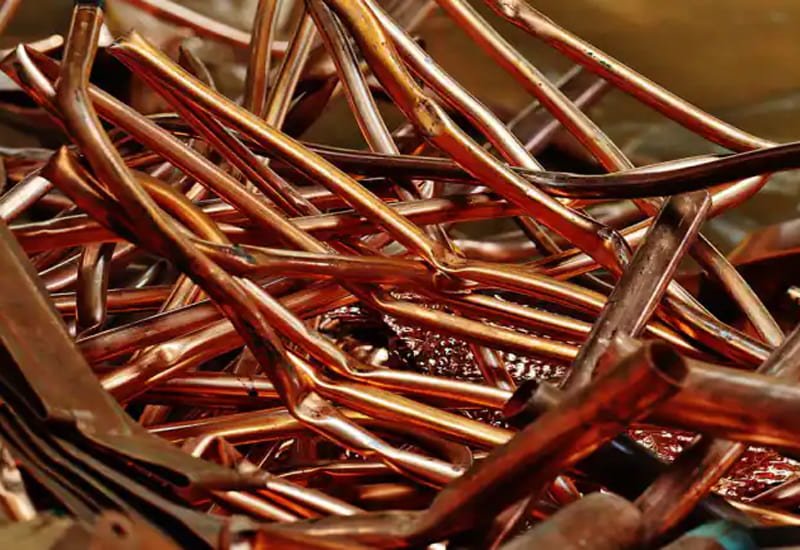
Industrial metals like copper and aluminum also show good price appreciation. It is estimated that the price of copper will double in the next five years, thanks to growing demand.
Copper is an essential raw material used in building homes, electronic vehicles, cookware, and solar power collectors.
Similarly, the demand for lithium, a primary industrial metal used in the production of EV batteries, is expected to grow. As top economies start prioritizing decarbonization and move towards greener energy sources, the demand for industrial metals will also grow. In the US, for example, President Joe Biden proposed a $2.25 trillion American Jobs Plan that includes a $174 billion investment in the EV sector alone.
4. Energy

Energy has historically moved very closely with inflation as changes in this commodity affect every household - directly or indirectly.
From fueling transportation to powering factories, energy affects every sector of an economy. Even though the shift towards greener fuels has gained momentum, the demand for fossil fuels hasn’t been affected much.
For example, heavy industries are one of the largest contributors to carbon emissions. They are heavily dependent on fossil fuels. Overhauling the entire process with new technology and infrastructure for green energy isn’t economically appealing.
The slow transition to green technology and the fact that industries consume 29% of the total energy globally indicates that there is still a significant demand for fossil fuels.
However, it is important to note that the global investment in oil and gas supply has gradually declined since 2014. So, if you’re looking for a long-term investment, this asset class may not be the best choice.
Get professional investment advice through trusted sources like Morgan Stanley before committing to this commodity.
5. Real Estate

Real estate has been one of the most popular investment choices among global investors.
Since the price of real estate usually rises along with inflation, it is often considered a safe inflation hedge.
To invest in real estate, you can directly buy a property - residential or commercial - and rent it out to earn a steady income. Unlike fixed income, you can increase the rent of your property based on inflation.
You can also invest in real estate through commodity stocks like Real Estate Invest Trusts (REITs.) They’re much easier to invest in since most REITs are traded like stocks, and you won’t be holding a tangible asset.
Now:
How To Invest In Commodities
You can invest in commodities in four ways:
- Through An Online Alternative Investment Platform
- Investing Directly In The Commodity
- Commodity Futures
- Buying Shares Of An Exchange-Traded Fund (ETF) That Specialize In Commodities
- Buying Stocks Of Companies That Produce Commodities
A. Through An Online Alternative Investment Platform

The easiest way to invest in commodities like fine wine is through an online wine investment company like Vinovest.
You can start investing in wine in four easy steps:
- Sign up on the platform.
- Fill out a short questionnaire to determine your investment style: conservative, balanced, or aggressive.
- Fund your account with a minimum of $1,000.
- Sit back, relax, and watch your portfolio grow!
Here are a few reasons why wine investors love Vinovest:
- Competitive pricing: Vinovest sources wines directly from winemakers, global wine exchanges, and reputable merchants at wholesale or below retail prices.
- Professionally Curated Portfolio: Vinovest’s Master Sommeliers combine their expertise with quantitative investment models to curate your wine investment portfolio.
- Optimal Storage and Security: Vinovest stores your wine in bonded warehouses under 24/7 surveillance with optimal humidity, temperature, light, and vibration levels.
- Provenance And Authenticity: Vinovest goes to great lengths to trace the wine’s origin and verify its authenticity.
- Low overall costs: Vinovest charges a minimal 2.5% annual fee (reduced to 1.9% when your balance exceeds $50,000.) It covers buying and selling wine, fraud detection, storage, insurance, and portfolio management.
- Ownership: You own every single bottle you buy through Vinovest.
For real estate, you can go for platforms like Fundrise, which allows you to invest in a low-cost, diversified portfolio of institutional-quality real estate.
B. Investing Directly In The Commodity

You can also go ahead and buy, store, and sell a commodity like gold or fine wine yourself. You’ll need extensive knowledge and a deep network to ensure you buy the right ones and sell it to the right buyer.
B. Commodity Futures
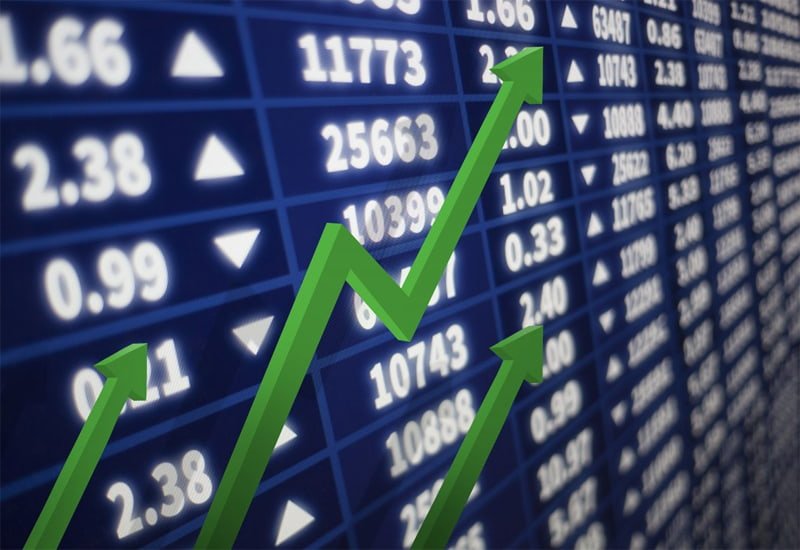
If you don’t want to hold a tangible asset, you can go for a commodity futures contract that offers direct exposure to changes in commodity prices.
Commodity futures allow you to buy or sell a predetermined amount of a commodity at a specific price on a particular date in the future. Commodity futures can be used to minimize inflation risk.
You’ll need a brokerage account or a trustworthy stockbroker to trade commodity futures.
C. Buying Shares Of Exchange-Traded Fund (ETF) That Specialize In Commodities

Individual investors usually choose a commodity ETF to invest in commodities because they offer higher liquidity.
Some commodity funds are future contract investments that take storage costs into account. So, a commodity like oil with high storage costs may not give significant returns.
D. Buying Stocks Of Companies That Produce Commodities

You can also buy shares of companies that produce commodities like crude oil and natural gas. Or, you can purchase shares of companies that sell agricultural products to consumers.
While commodity exposure provides investors with several benefits, investing in commodities entails a few risks as well.
Risks of Investing in Commodities

Here are a few things you should know before investing in commodities.
- Since commodities are heavily dependent on supply and demand, some of them may not perform well during economic downturns.
- The commodity market is quite volatile, which sometimes leads to underperformance.
- During low and regular inflation, some products don’t see rising prices. That’s why some commodities may not give considerable returns during these years.
- As the global economies rethink their dependence on specific commodities like coal, you may want to run a thorough analysis before investing in any commodity.
How do you counter these risks?
Tips for Investing in Commodities

There are two main ways to ensure that your investment portfolio stays healthy when you invest in commodities.
- Benchmark your portfolio: Benchmarking your portfolio’s performance and setting a clear investment objective will help you analyze the risks and expectations of your investments. The SP GSCI Total Return Index is a broad commodity index that acts as a good benchmark for a portfolio.
Other good commodity indices you can use to track the performance of various commodities include Dow Jones Commodity Index and Bloomberg Commodity Index.
- Diversification: Investing in a diverse range of commodities, commodity ETFs and futures can help you minimize risks in case one of them loses its value.
How do commodities perform compared to other asset classes?
Commodities Vs. Other Asset Classes
Here’s how commodities perform against nominal bonds, equities, and the S&P 500.
A. Commodities Vs. Nominal Bonds

Unlike commodities, it is difficult to predict the direction of the interest rate of nominal bonds. However, high inflation usually leads to a higher interest rate, resulting in higher bond prices.
But, they have a far lower beta to unexpected inflation and would require higher portfolio allocation to achieve the same results as commodity investments.
B. Commodities Vs. Equities

Equity is an asset class whose performance against inflation is a bit trickier to understand.
In the 1990s, the Federal Reserve raised interest rates to double digits to combat inflation. This resulted in an unexpected inflation beta ranging from around -2 to around -9, meaning a 1% rise in unexpected inflation resulted in a 2% to 9% decline in the index.
In the low-inflation 2010s, the unexpected inflation beta was positive. However, it has weakened in the past years.
Additionally, the Vanguard research claims that United States equities' hedging power is likely to decrease as commodity-related sectors constitute a far less section of the equity market.
C. Commodities Vs. S&P 500

Commodities also have a low correlation to the stock market, which could add a diversification benefit to portfolios.
Over the past 20 years, the SP GSCI index has generated 6.24% annualized returns, compared to 3.5% annual returns of the S&P 500. However, commodities may sometimes not offer higher returns than some growth stocks.
Diversify Your Portfolio With Commodities Like Fine Wine!

Even though commodities are considered quite volatile, an asset class like wine has low volatility and has shown steady growth through the years.
Even during the years of higher inflation, fine wine has managed to give commendable returns.

Get in touch with Vinovest today and build a rewarding portfolio of investment-grade wines!
